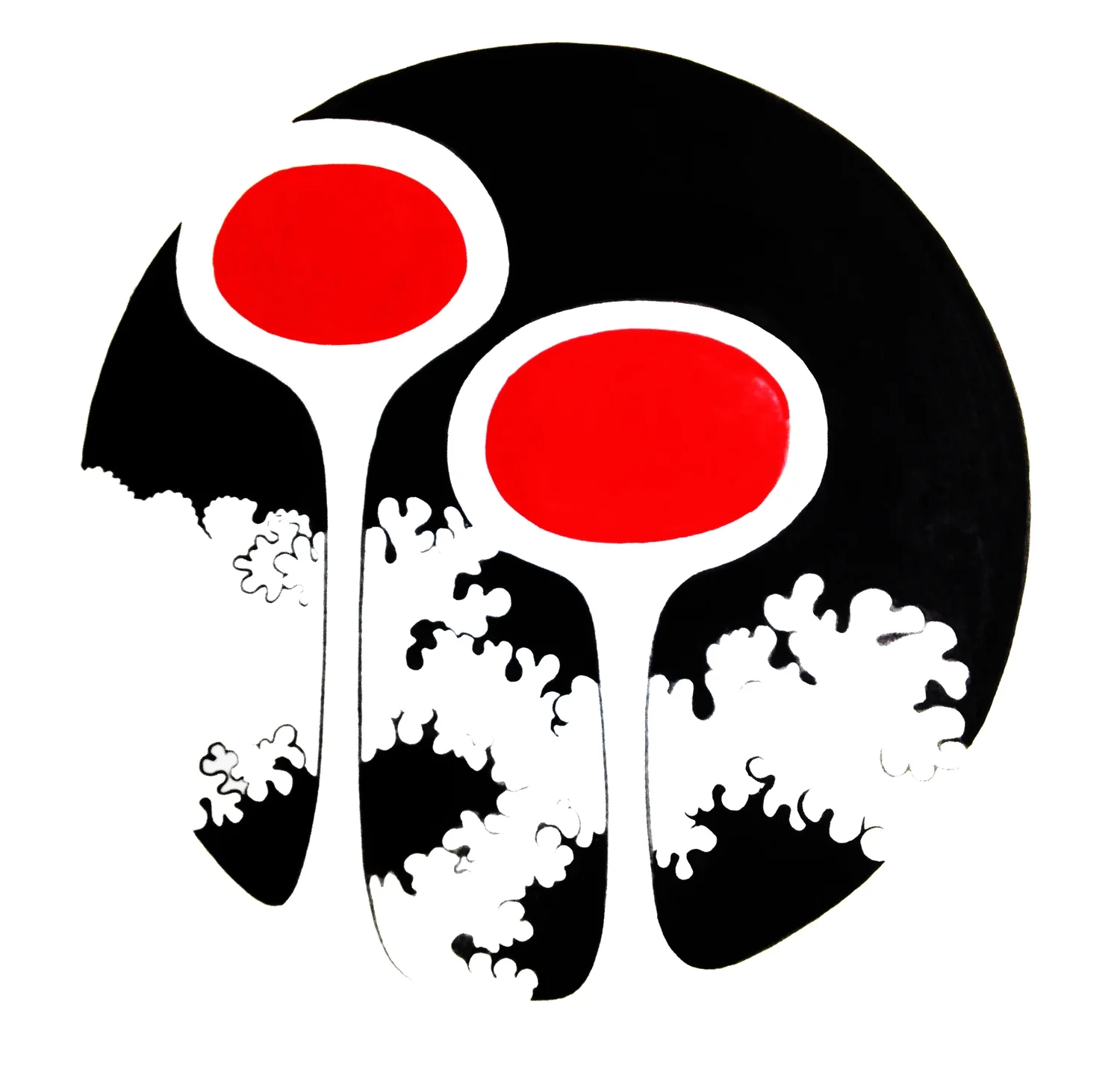Museums
Cosmic Serpent: Bridging Native and Western Learning in Museum Settings
Type: A 3-year NSF funded project with the goal to increase the capacity of museum practitioners to bridge western and native science learning in museum programming.
Dates: 2008 - 2011
Collaborators: The Indigenous Education Institute, UC Berkeley Space Sciences Laboratory.
Description: Through a series of regional workshops held across the country, participants in the Cosmic Serpent project explored tools and approaches to enable museum audiences to cross cultural borders; between western science and the cultures of indigenous peoples. I attended the California workshop in February 2010 and became a fellow with 270 practitioners from science centers, museums, and tribal/cultural institutions. We explored concepts of indigenous ways of knowing and western science, the disconnect between these communities, and methods, opportunities, and challenges of bringing diversity and equity into exhibit and program design.
Outcomes: From this workshop, I met tribal fellows with whom we won additional funding to support the co-production of, Valley Oaks: An Ecological Journey Through Time; a live planetarium show and community dialogue that brought regional conservation stakeholders and tribal communities together for the first time at the California Academy of Sciences. See below for more information and outcomes of this workshop.
Valley Oaks: An Ecological Journey Through Time
Type: A live event, a planetarium production, and associated media
Date: December 8, 2011
Collaborators: The Worldviews Network, The San Francisco Estuary Institute, Center for Applied Biodiversity Informatics (CABI), California Academy of Sciences
Description: Meeting Chuck Striplen (Amah Mutsun Ohlone, San Francisco Estuary Institute Research Associate) at the Cosmic Serpent California workshop sparked the creation of a series of media and outreach programs at the California Academy of Sciences designed to connect audiences to the history and cultures shaping the California landscape. The largest outcome from this relationship was the development of a 40 minute planetarium production and live event that was debuted to over 520 people in the California Academy of Sciences' Morrison Planetarium. Through the frameworks raised in the Cosmic Serpent project and the NOAA funded Worldviews Network project, we developed a production process that incorporated a narrative based on principles of western science and traditional ecological knowledge that illustrated themes of resilience and adaptation surrounding a threatened and iconic California species, The Valley Oak. I wore many hats in this endeavor and am indebted to my collaborators for making it a success. To read more about the Valley Oaks Worldviews production, see the post in the Immersive Environments section of this website.
Suport: NOAA, Yahoo Employee Fund, Christensen Fund.
Roles & Duties: Production coordinator. Storyboarding, advisory board development, data visualization, GIS, technical support, event coordination and execution.
Valley Oaks Video
Type: Science in Action video
Date: June 21, 2012
Collaborators: Chuck Striplen & Robin Grossinger (San Francisco Estuary Institute), California Academy of Sciences.
Description: A 2:30 minute video featured on the Science Today website and in exhibits on the public floor of the California Academy of Sciences.
Roles & Duties: Co-prodcer with Molly Michelson. Image sourcing, scriptwriting, interview coordination.
Native Peoples Native Homelands Climate Change workshop ii
Type: Summit, Prior Lake, Minnesota.
Date: November 18 - 21, 2009
Sponsors: NASA, NOAA, Indigenous Environment Network, National Indian Gaming Association, Intertribal COUP, Honor the Earth, Haskell Indian Nations University.
Description: Held at Mystic Lake, the traditional homelands of the Shakopee Mdewakanton Sioux, the workshop aimed to examine the impacts of climate change on native peoples and their homelands as well as address adaptation strategies and recommendations. The presentations and the resulting workshop report served to provide the 2014 National Assessment of Global Climate Change Impacts in the United States report an update of climate impacts and adaptation strategies from Native communities. I was an attendee and presented with Joel Halvorson (Minnesota Planetarium Society) and Jim Rock (Dakota Sioux) in the portable GeoDome.
See the Native Peoples- Native Homelands Climate Change Workshop II Final Report.
Explore the 2014 National Assessment of Global Climate Change Impacts in the United States. And the "Indigenous Peoples, Lands, and Resources" Chapter












